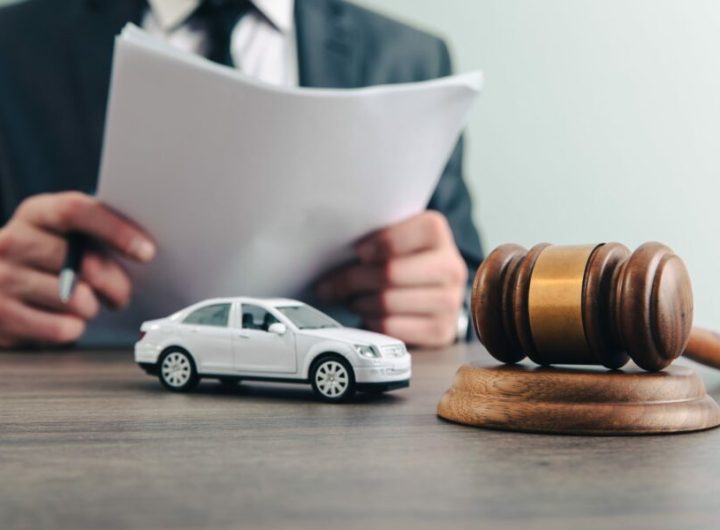
Proving causation is a critical element in personal injury claims. It establishes a direct link between the defendant’s actions and the injuries suffered by the claimant. However, it can be a complex task requiring thorough evidence and expert analysis.
In such cases, you must explore the key factors and strategies for proving causation in personal injury claims. From gathering medical records and expert testimony to establishing a timeline of events, you must know the essential steps and considerations to demonstrate that the defendant’s negligence directly caused the claimant’s injuries. You should contact a lawyer if you have questions about personal injury claims.
Tips to prove causation in personal injury claims:
-
Medical evidence
Proximate cause is a legal concept that establishes a direct link between the defendant’s actions and the injuries suffered by the claimant. It requires demonstrating that the defendant’s negligence was a foreseeable and substantial factor in causing the harm without any intervening events breaking the chain of causation. Proving proximate cause involves showing that the injuries were a natural consequence of the defendant’s actions, reinforcing the causal connection in personal injury claims.
-
Timeline of events
The timeline of events involves documenting and presenting a detailed sequence of relevant circumstances surrounding the incident, including actions taken by the defendant and resulting injuries suffered by the claimant. A well-constructed timeline helps establish a clear cause-and-effect relationship, demonstrating how the defendant’s actions directly led to the harm. It serves as a persuasive tool, visually representing the events and reinforcing the claimant’s case for causation in the personal injury claim.
-
Expert testimony
Expert testimony involves presenting the opinions and expertise of qualified professionals who can provide a scientific or technical analysis of the case. These experts may include medical professionals, accident reconstruction specialists, or other relevant experts. Their testimony helps establish a link between the defendant’s actions and the injuries suffered by the claimant, providing valuable evidence to support the claim of causation. Expert testimony adds credibility and strengthens the claimant’s argument in proving causation in personal injury claims.
-
Pre-existing conditions
Addressing pre-existing conditions is essential to proving causation in personal injury claims. It demonstrates how the defendant’s actions worsened or aggravated the pre-existing condition, leading to additional harm or complications. By presenting medical records, expert opinions, and objective evidence, the claimant can establish that the defendant’s negligence directly contributed to the worsening of the pre-existing condition, making them responsible for the resulting injuries and damages.
-
Proximate cause
Proximate cause is a critical legal concept in proving causation in personal injury claims. It refers to the direct and foreseeable cause of an injury without intervening events breaking the chain of causation. Establishing proximate cause involves demonstrating that the defendant’s actions were a substantial factor in causing the harm suffered by the claimant. It requires ruling out other unrelated causes and showing that the injuries were a natural and probable consequence of the defendant’s negligence.


 Uncovering the Realms of Property Division During a Divorce Case
Uncovering the Realms of Property Division During a Divorce Case  Estate Planning After Divorce: Protecting Your Financial Future in Boston
Estate Planning After Divorce: Protecting Your Financial Future in Boston  The Role of Evidence in Winning a Car Accident Claim in Atlanta
The Role of Evidence in Winning a Car Accident Claim in Atlanta  Exploring the EB-5 Investor Visa Program and Immigration Pathways in 2025
Exploring the EB-5 Investor Visa Program and Immigration Pathways in 2025  Workers’ Compensation Rights and Employee Protections in Washington State
Workers’ Compensation Rights and Employee Protections in Washington State  Smart Strategies a Harlem Personal Injury Lawyer Uses to Maximize Car Accident Settlements
Smart Strategies a Harlem Personal Injury Lawyer Uses to Maximize Car Accident Settlements